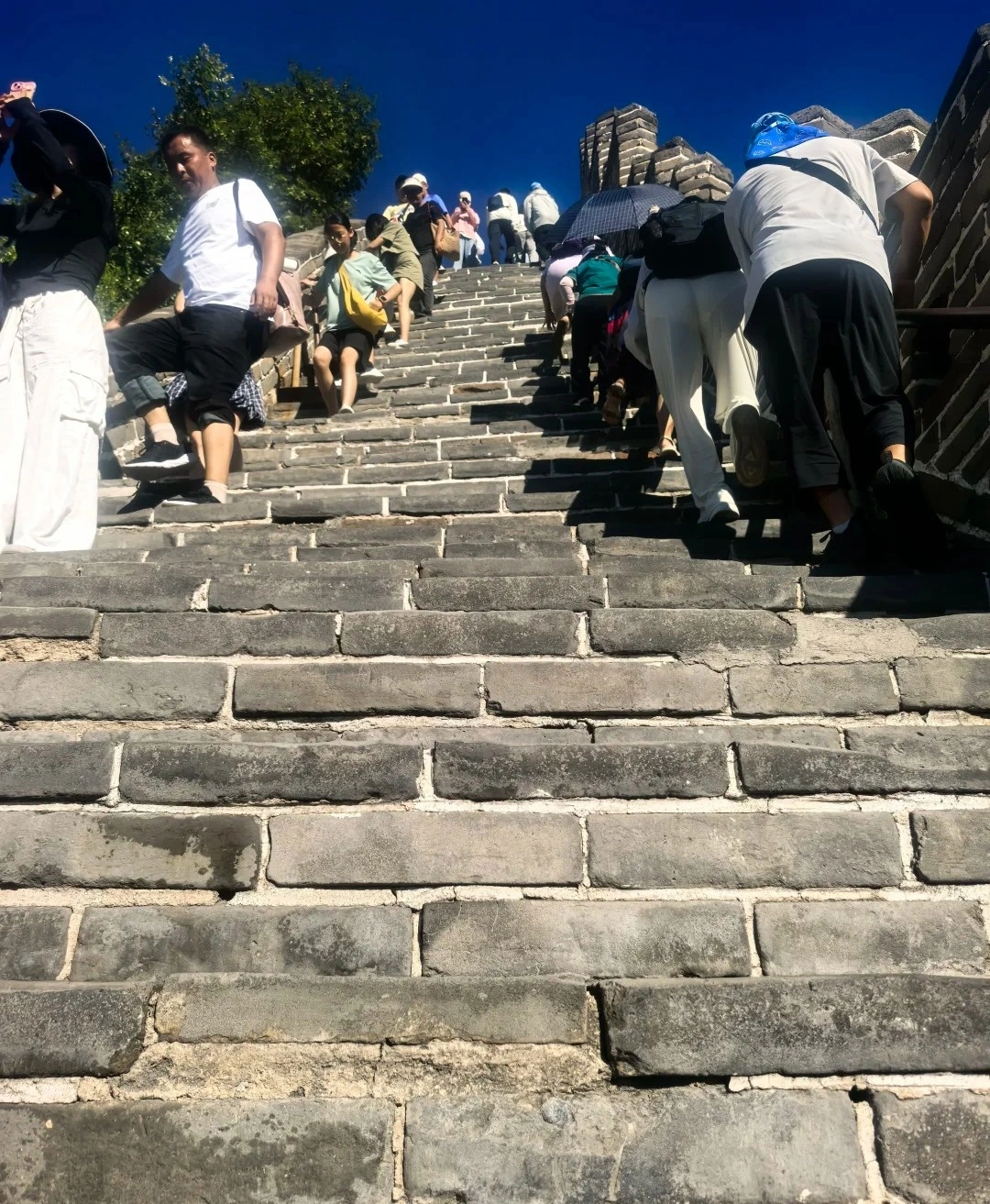Tiemen Pass
Historical Overview
Tiemen Pass’s history begins in 101 BCE when Emperor Wu of the Han Dynasty ordered the construction of fortifications to protect Silk Road caravans. Key historical milestones include:
- 101 BCE: Establishment of the pass as a military outpost during the Han-Xiongnu Wars.
- 645 CE: Tang Dynasty monk Xuanzang passed through en route to India, documenting it in Great Tang Records on the Western Regions.
- 1759: Qing Dynasty troops used the pass to suppress rebellions in Xinjiang.
- 1944: Archaeologists uncovered Han Dynasty bamboo slips with military orders.
- 2012: Tiemen Pass City was officially founded, integrating ancient ruins with modern tourism.
Structural Layout
The pass follows a traditional Chinese frontier fortress design with three core zones:
- Fortress Core Zone:
- ancient city walls: 8-meter-tall rammed-earth barriers with 20 watchtowers, dating to the Han Dynasty.
- General’s Tower: A reconstructed 15-meter-high wooden structure offering panoramic views of the Tarim Basin.
- Silk Road Museum: Houses 2,000+ artifacts, including Han Dynasty armor, Tang Dynasty pottery, and Qing-era maps.
- Military Defense Zone:
- Arrow Towers: Remnants of 12 defensive towers with arrow slits and battlements.
- Moat System: A 5-meter-deep dry moat surrounding the fortress, now partially filled.
- Cultural Integration Zone:
- Kongque River Scenic Area: A 3 km riverside promenade with Uyghur-style tea houses and fruit orchards.
- Ethnic Village: Reconstructed adobe homes showcasing Uyghur, Han, and Mongol traditions.
Major Attractions
- Han Dynasty City Wall: A 1.5 km section of original rammed-earth wall with visible stratigraphy from multiple dynasties.
- Xuanzang Memorial Hall: A Tibetan Buddhist temple commemorating the monk’s 7th-century journey.
- Tiemen Pass Battlefield: Site of the 1759 Qing victory over rebel forces, marked by a 10-meter obelisk.
- Silk Road Caravan Inn: A replica of a Tang Dynasty rest stop with camel stables and trading post exhibits.
- Kongque River Suspension Bridge: A 200-meter-long bridge offering views of the pass and surrounding dunes.
Suggested Itineraries
-
Half-Day Military History Tour:
Entrance → Ancient City Walls (climb General’s Tower) → Silk Road Museum (view Han Dynasty armor) → Xuanzang Memorial Hall → Exit.
Highlights: Fortress defenses and Buddhist heritage. -
Full-Day Cultural Immersion:
Entrance → Ethnic Village (try Uyghur naan baking) → Kongque River Scenic Area (boat ride) → Tiemen Pass Battlefield (guided reenactment) → Silk Road Caravan Inn (dinner) → Exit.
Highlights: Local cuisine and historical reenactments. -
Two-Day Adventure Journey:
Day 1: Fortress Core Zone as above.
Day 2: Camel trek to nearby dunes (2 hours) → Visit Luobu Village (ancient oasis settlement) → Return for nighttime sound-and-light show at the city walls.
Highlights: Desert exploration and evening entertainment.
Ticket Purchase
- Online: Book via Ctrip or the official xinjiang tourism Website (www.xjtour.gov.cn).
- On-Site: Tickets available at the South Gate Visitor Center.
- Prices:
Combined Ticket (Museum + Battlefield): ¥150 (adults), ¥75 (students).
Single Attractions: ¥50–¥80 (adults), ¥25–¥40 (students).
Free: Children under 1.2m, disabled visitors, and journalists.
- By Plane: Fly to Korla Airport → Take taxi to Tiemen Pass (¥60, 40 minutes).
- By Train: High-speed rail to Korla Station → Transfer to bus #101 to Tiemen Pass (¥20, 1 hour).
- By Car: Self-drive from Ürümqi via the G218 Highway (5 hours, 470 km).
- Local Transport: Electric buggies (¥30/hour) or horse-drawn carriages (¥50/hour) within the pass.
Best Time & Tips
- Peak Season: May–October (mild weather, festival season).
- Avoid Crowds: Visit early morning (8:30 AM opening) or late afternoon (5–7 PM).
- Essentials:
- Pack sunscreen and a hat (desert sun is intense).
- Bring a Chinese phrasebook for interacting with Uyghur vendors.
- Photography: Permitted except in museum storage areas.
- Prohibited: Climbing unmarked ruins, feeding wild animals.
Contact Us
What Our Clients Say?
Based on 10,000+ traveler reviews














